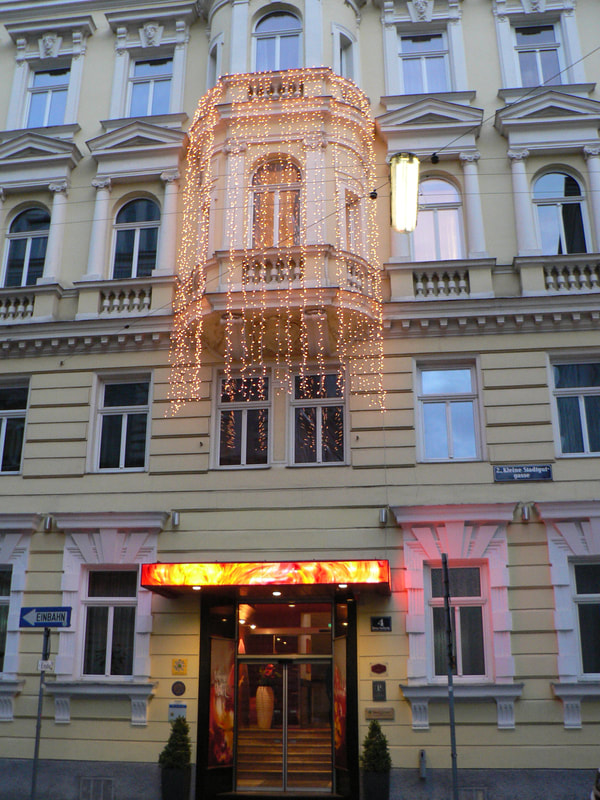
Finally we were airborne, and in a couple of hours we were in beautiful Vienna, which was looking suitably seasonal with a light dusting of snow. From the airport, we boarded the metro to the Leopoldstadt area where we found our hotel, Der Wilhelmshof, a modern, and rather arty place in a nineteenth century building.
Being ancient, we felt justified in having a quick bite to eat in the hotel bar and retiring to our bed early. It had been a long day.
The inside of the Cathedral is as impressive as its exterior, however, what really interested us, was the crypt (of course). The vast Stephansdom crypt is accessed via a staircase to the left of the main floor, it is divided into a number of smaller crypts and catacombs, and is still used for its original purpose to this day, although entry requirements are strict, you will need to be royalty or an archbishop to spend your eternity in this place. Within the cold walls of the Ducal Crypt, the organs of Emperors, Queens and Princes are kept, we stood surrounded by over 60 stone jars containing the viscera and intestines of Vienna’s great and good, including Empress Maria Therisia’s stomach.
In 1735, the bubonic plague decimated the population of Vienna, and the bodies were piling up, all the local cemeteries and charnel houses were literally oozing corpses, so pits were dug in the floor of the crypt, and thousands of bodies were thrown into them.
The Viennese are an orderly lot, so they sent down some prison inmates to scrub the flesh from the bones of the stinking, rotting corpses, breaking the skeletons down into individual bones and stacking them neatly in deep rows. The smell is gone, but the bones and skulls remain, glaring balefully from the carefully arranged tiers at their living visitors.


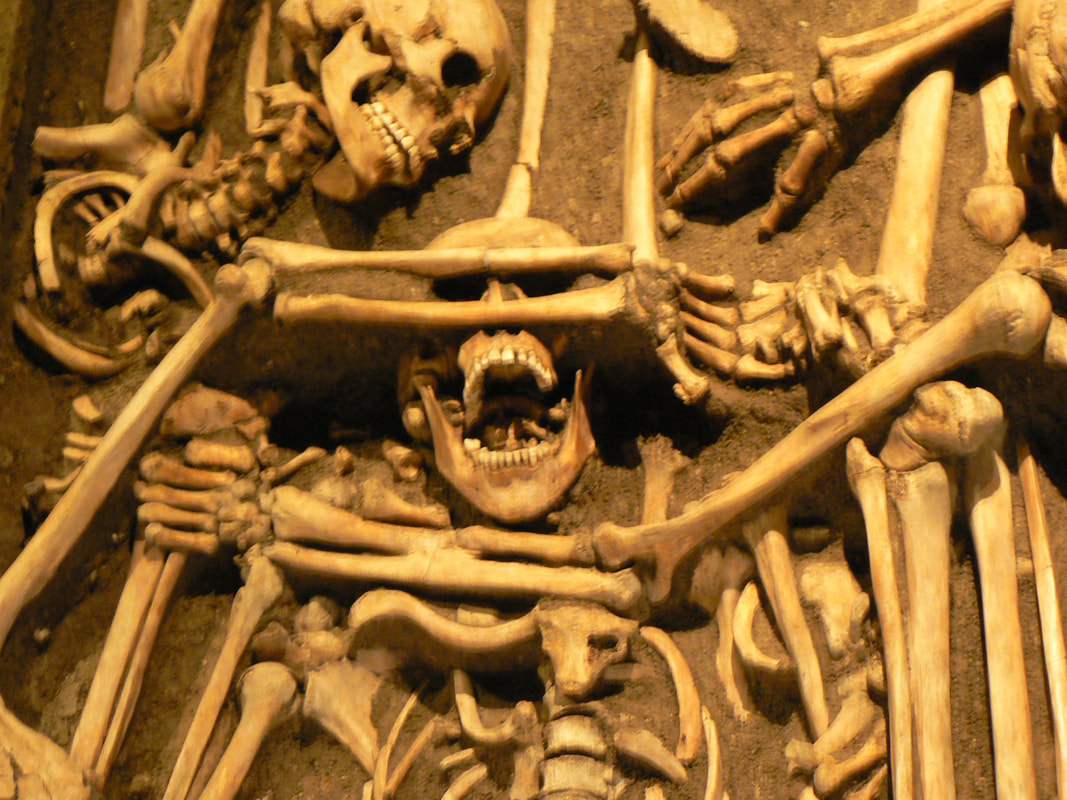
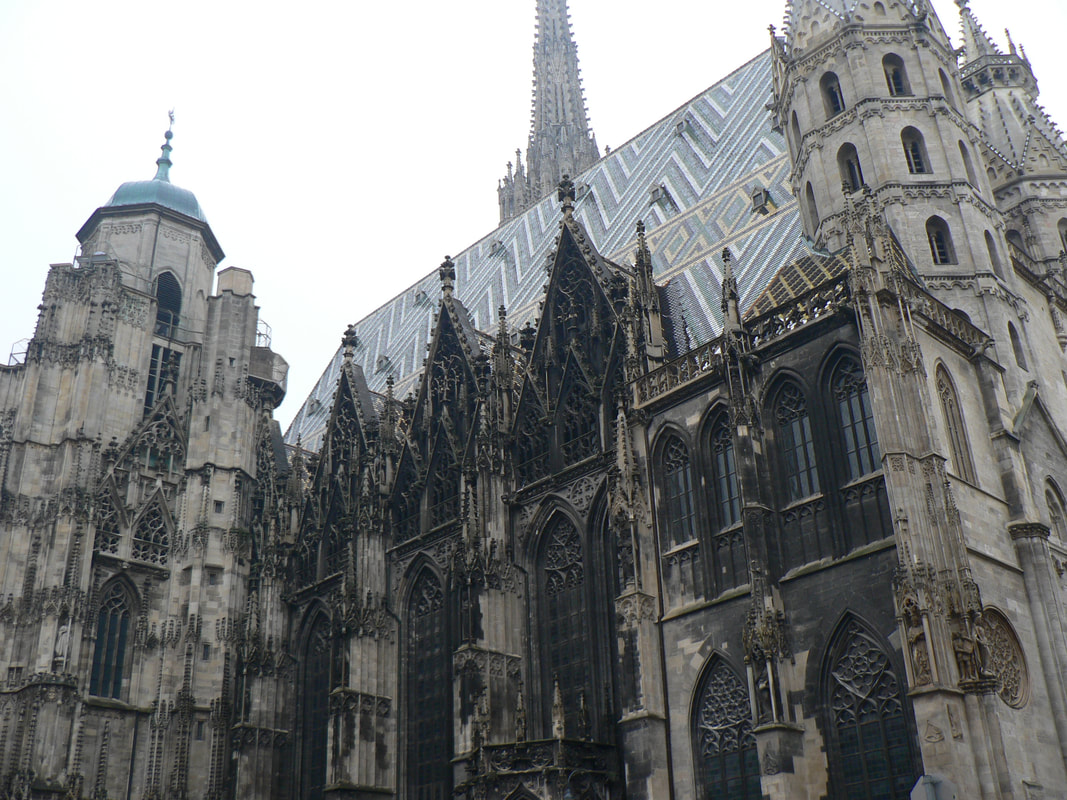
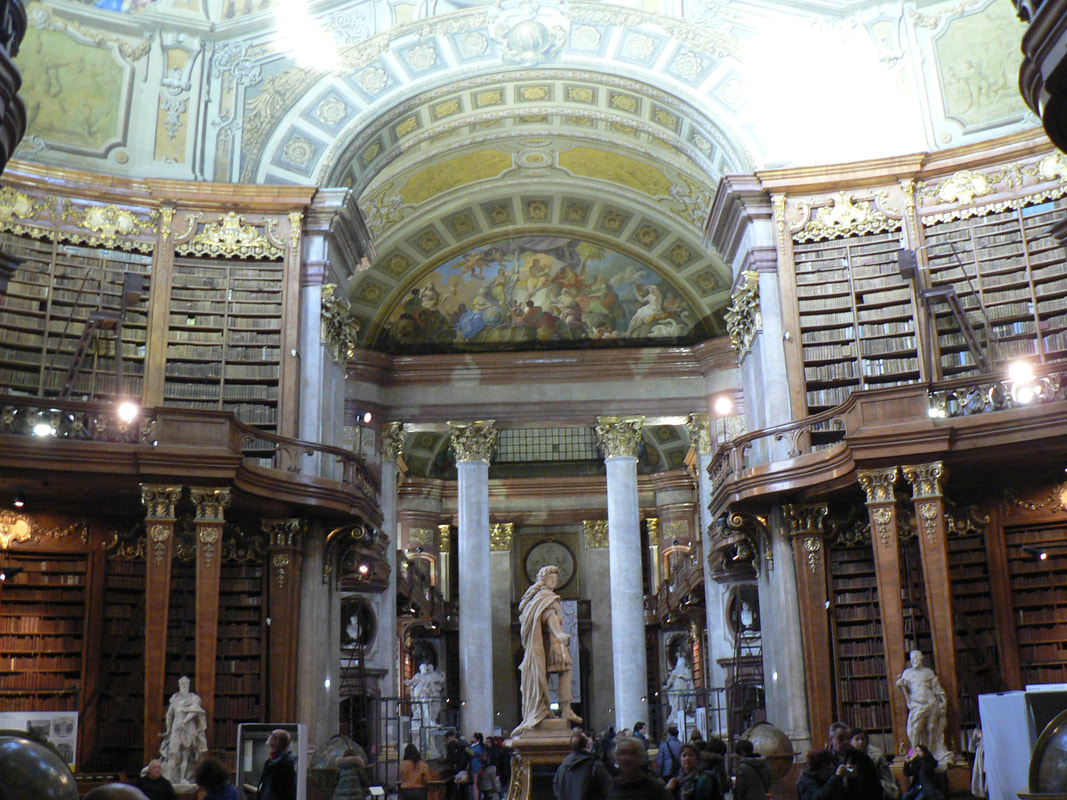
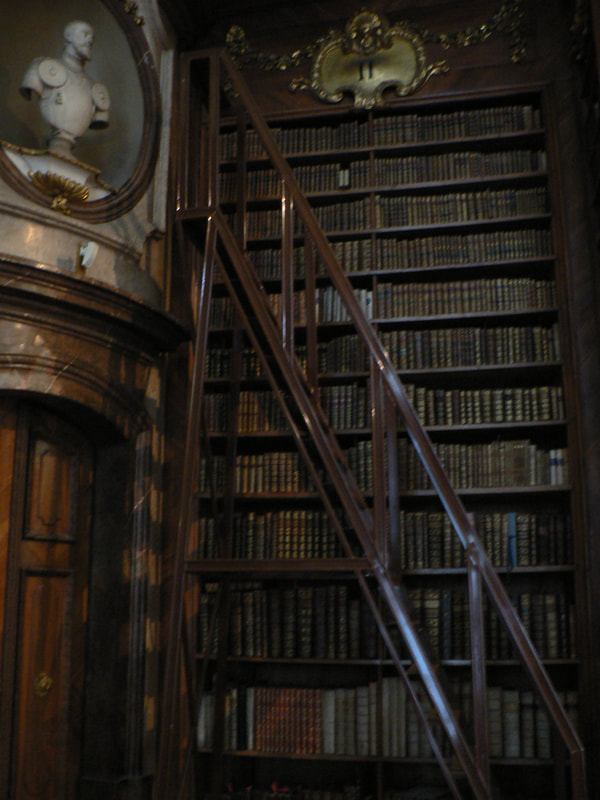
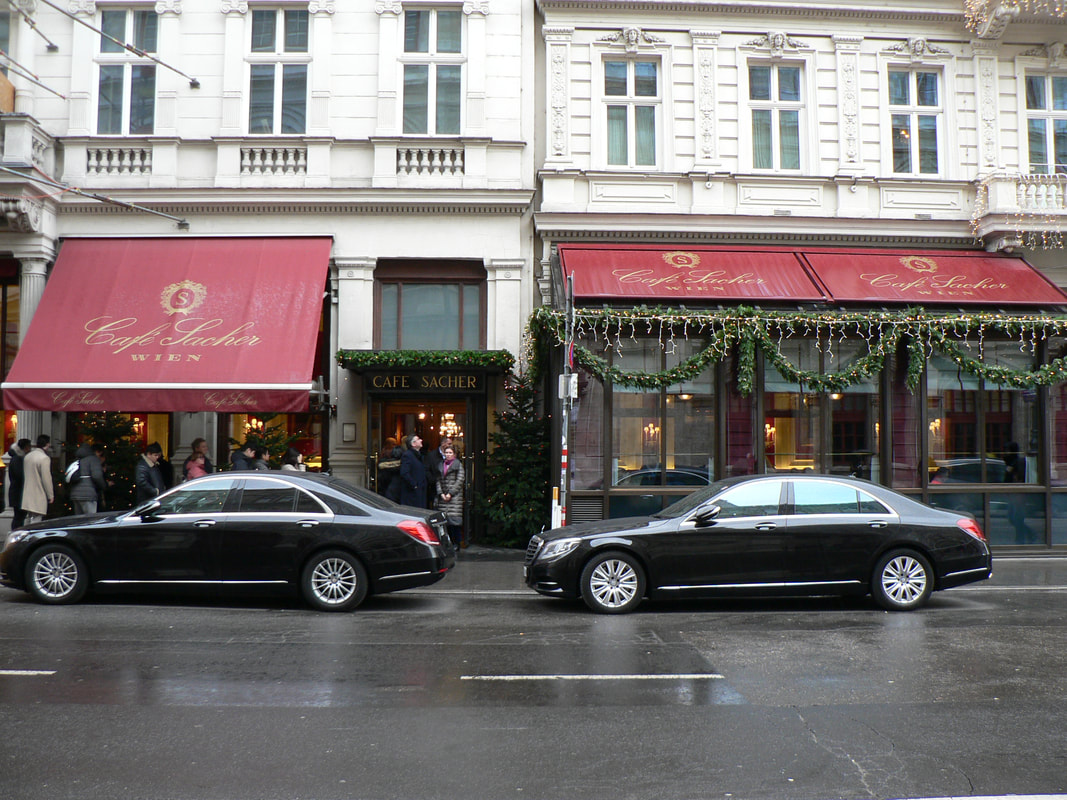
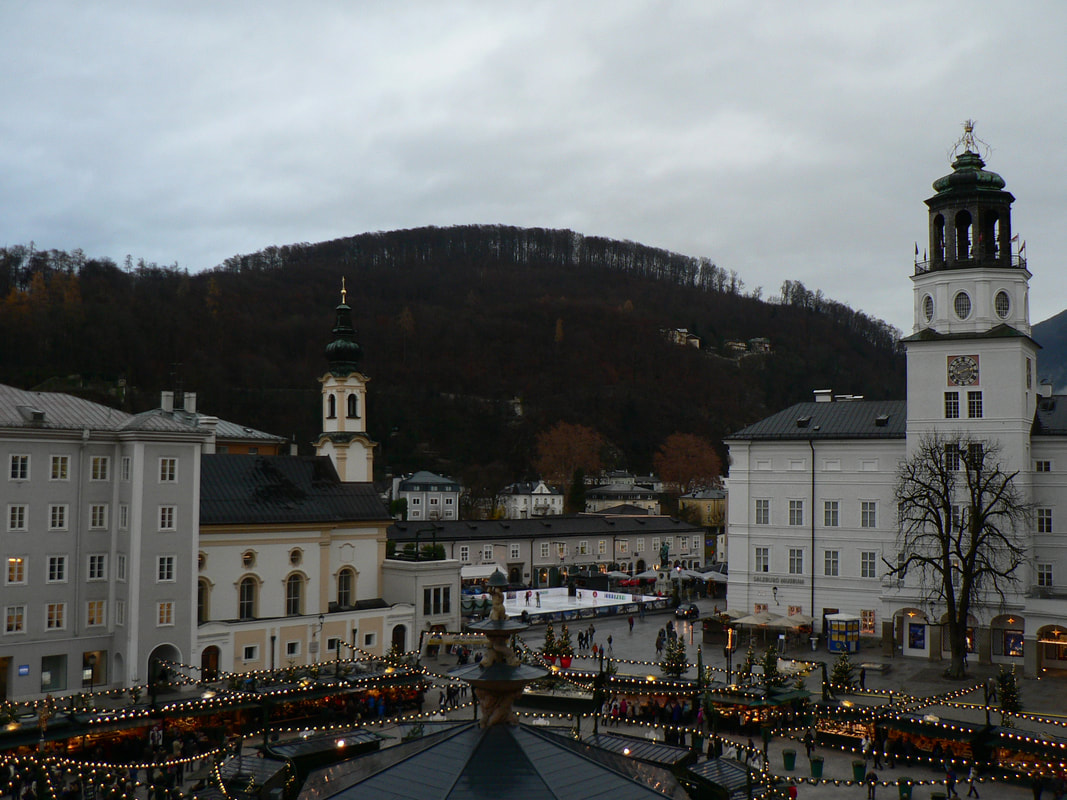
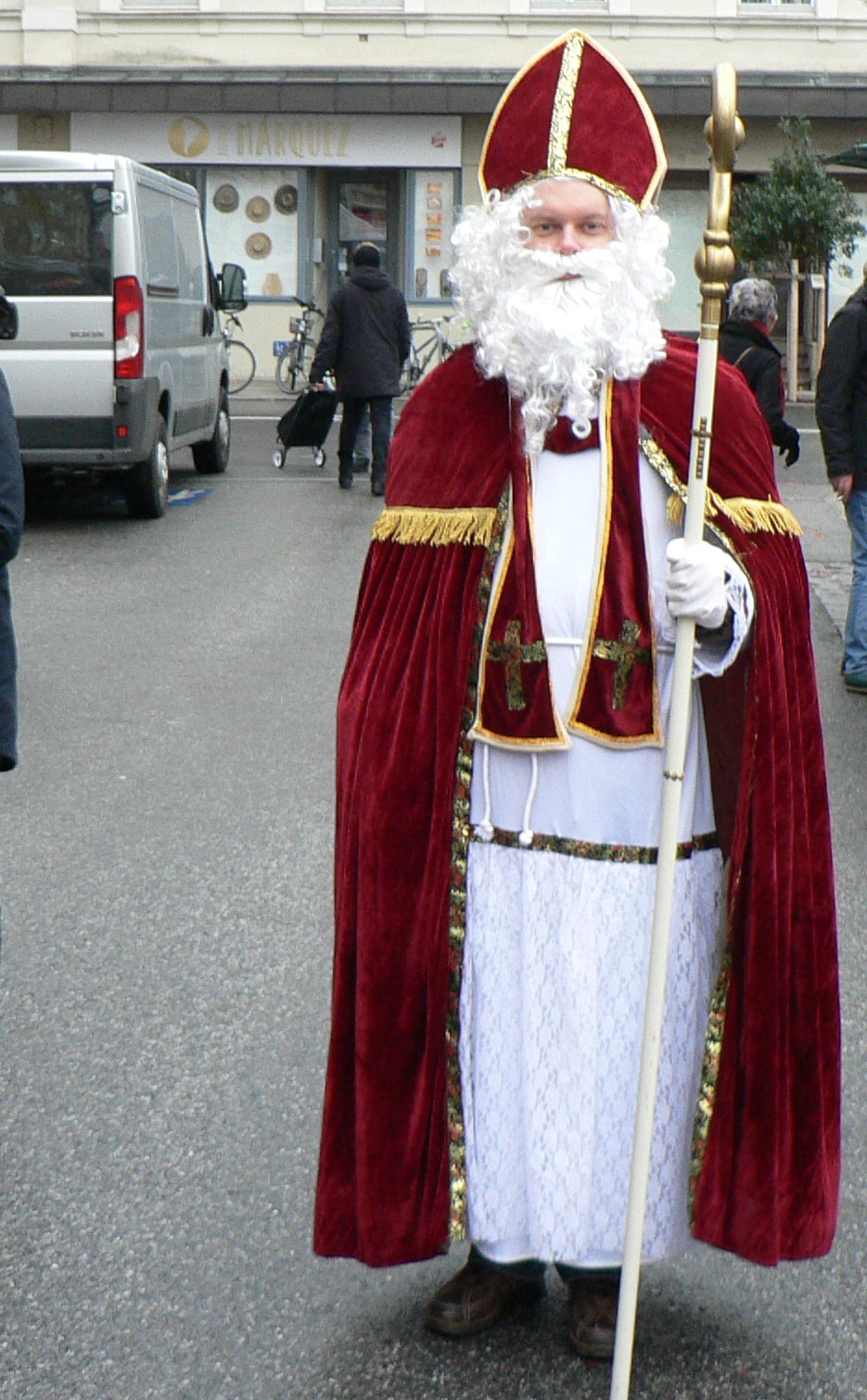



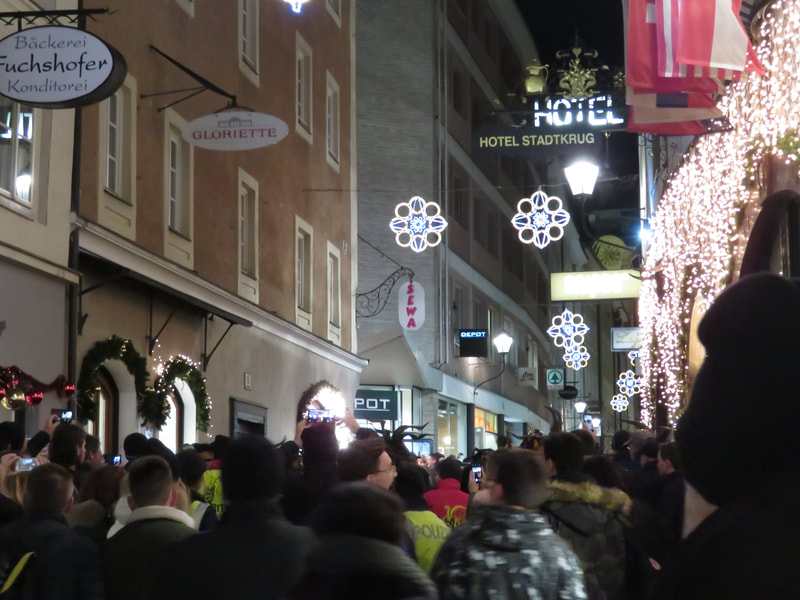
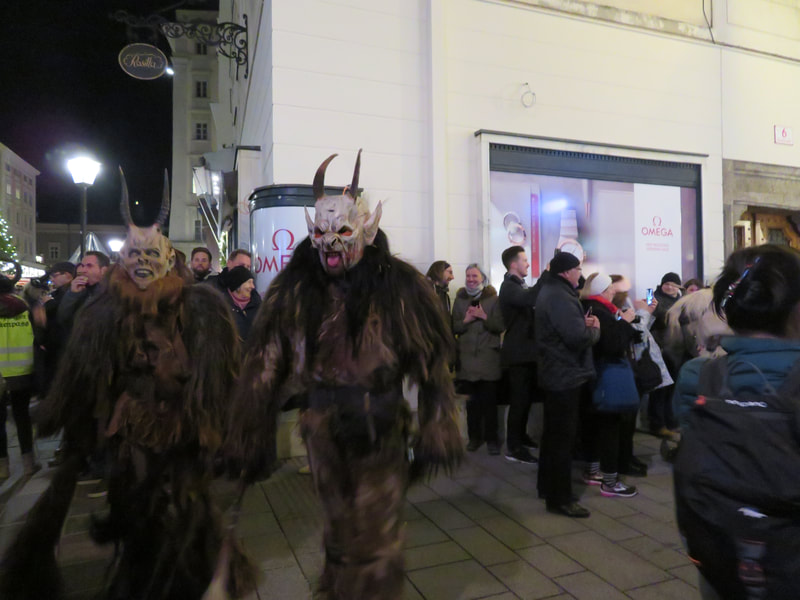
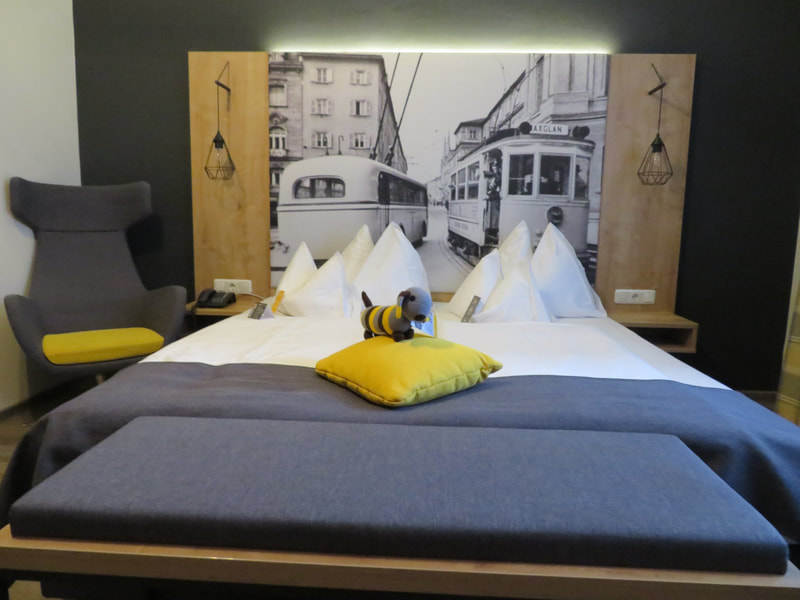
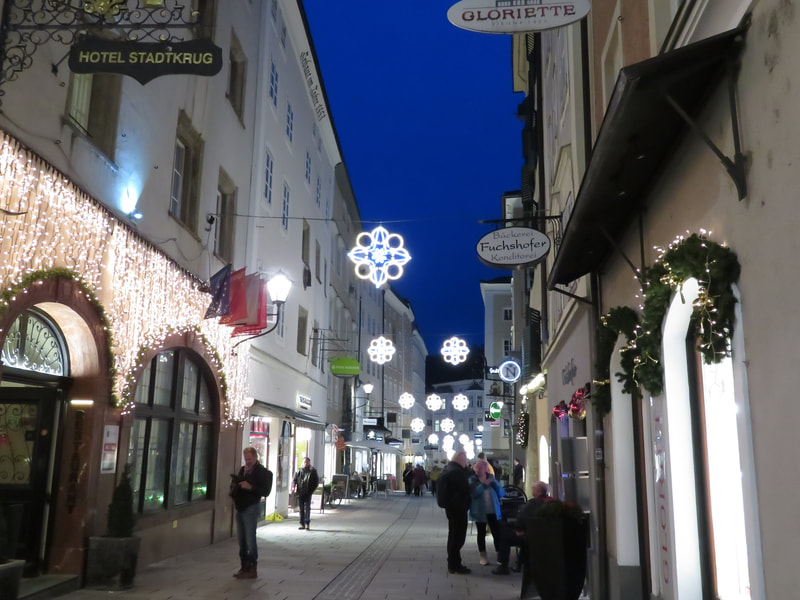
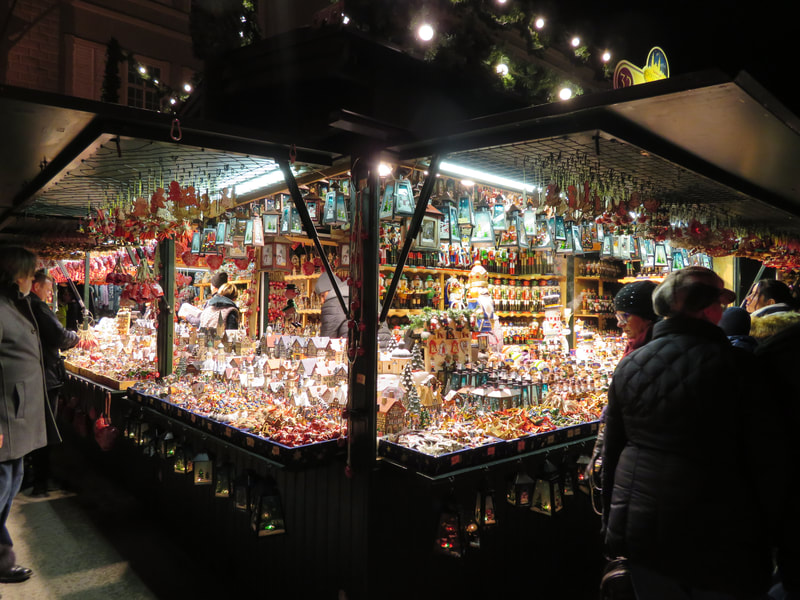
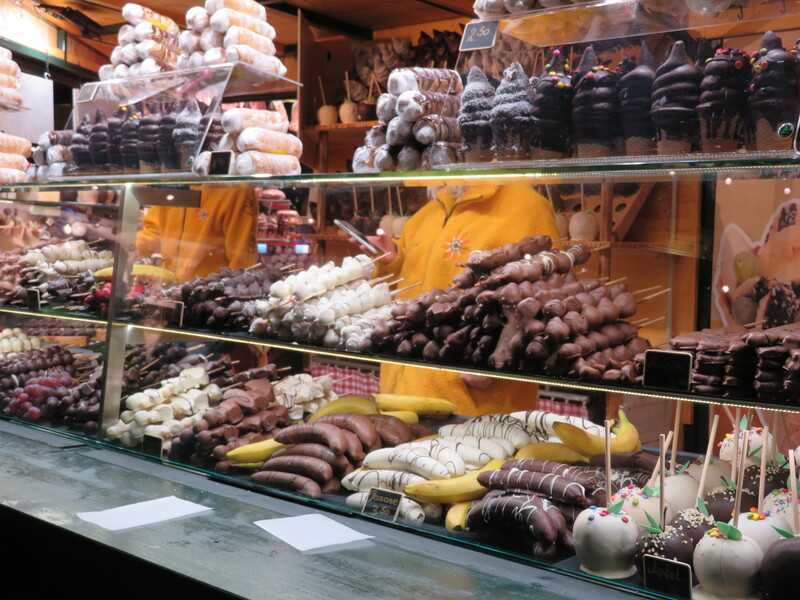
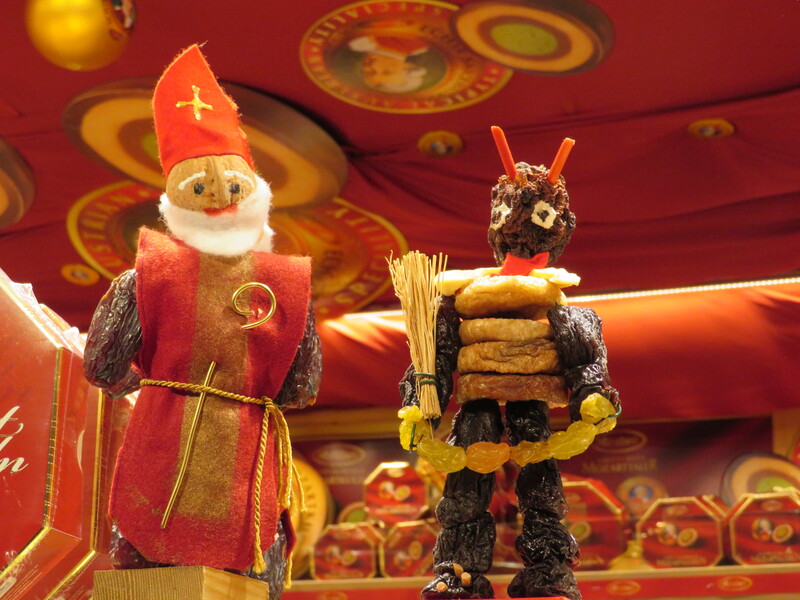
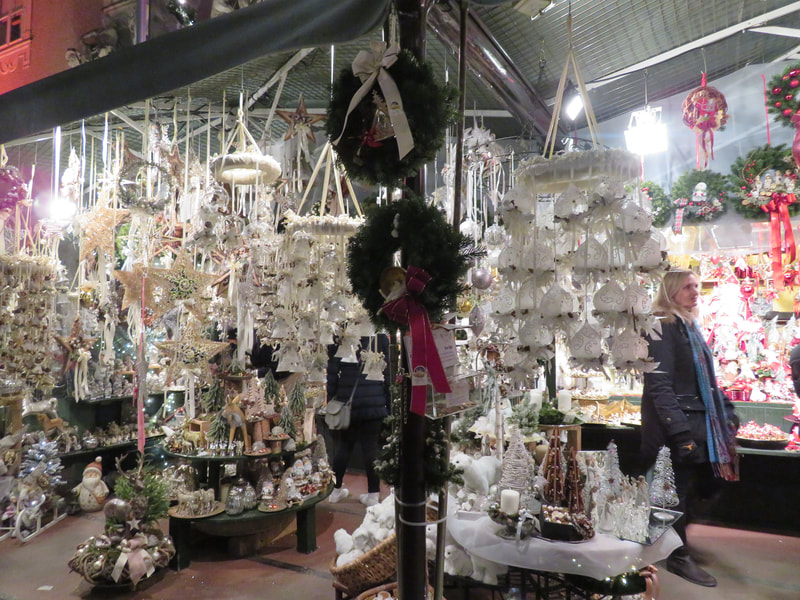
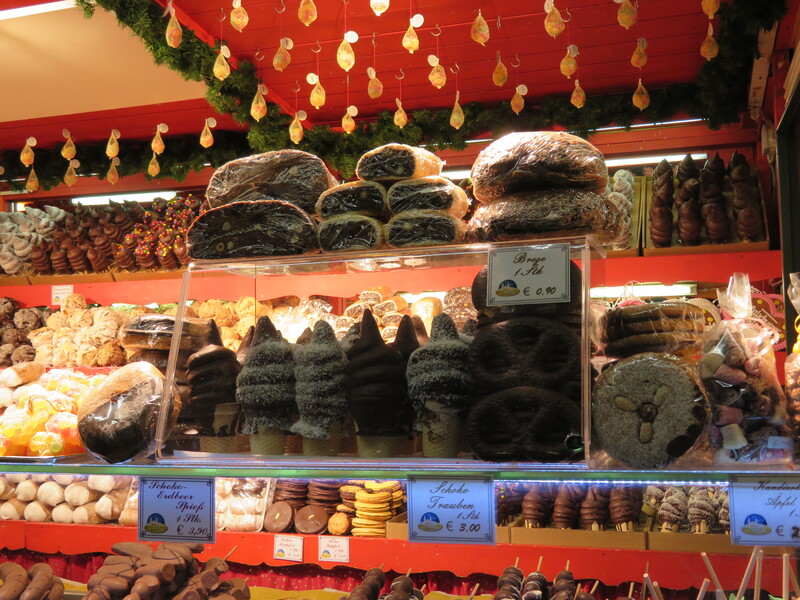
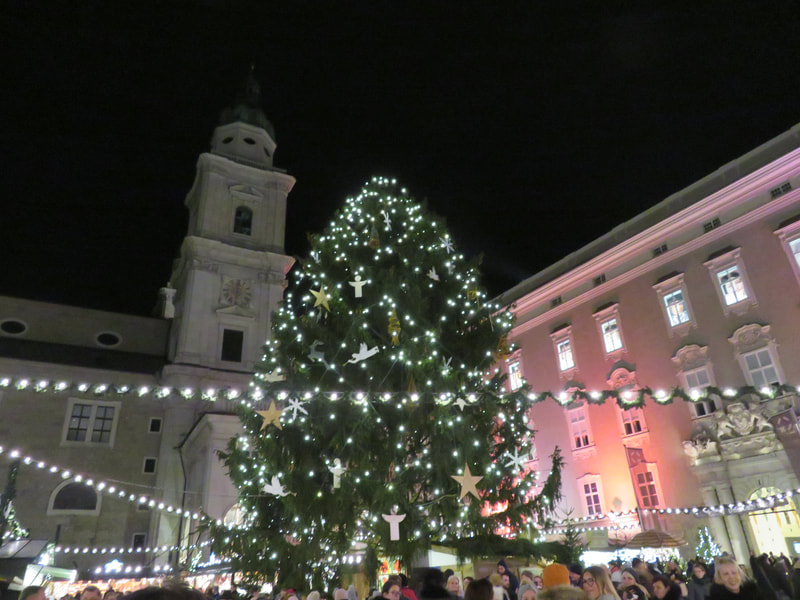
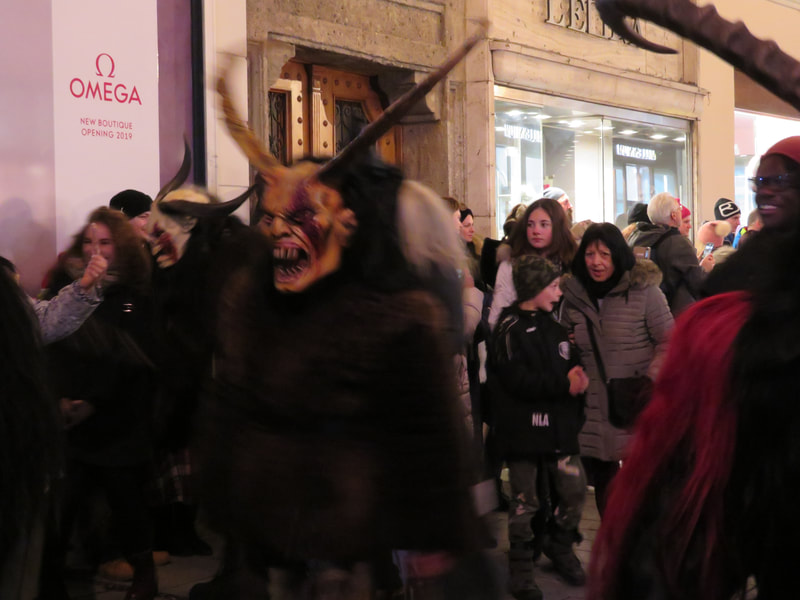
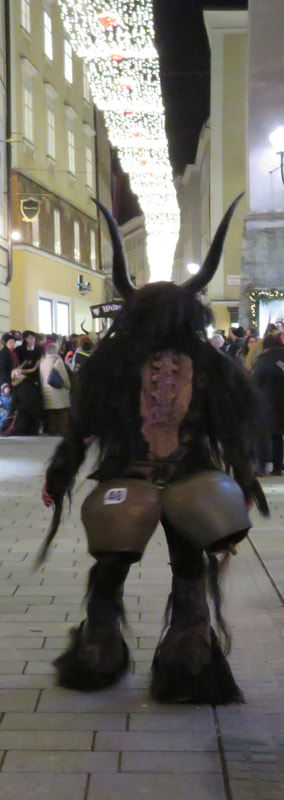
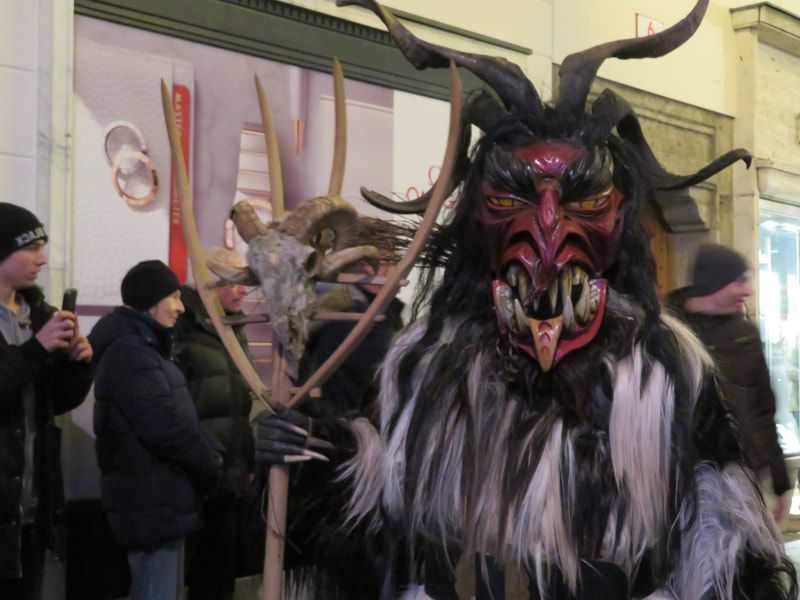
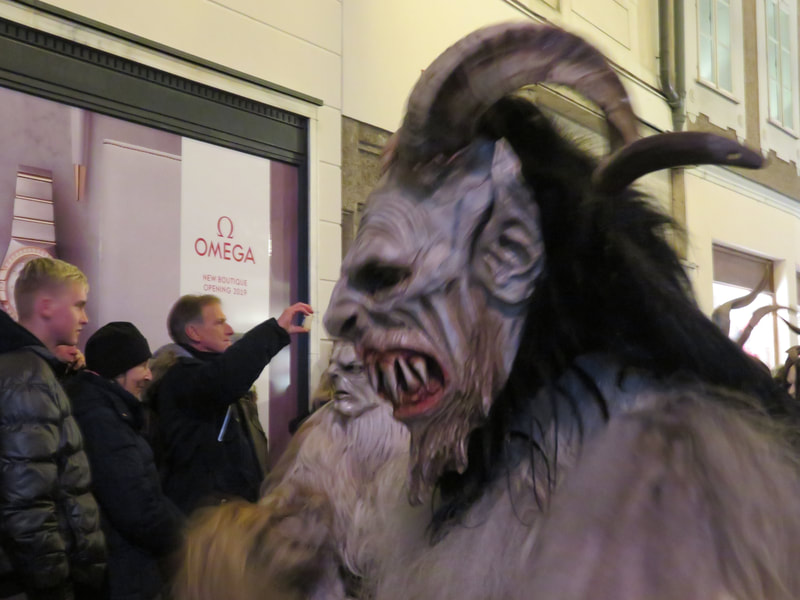

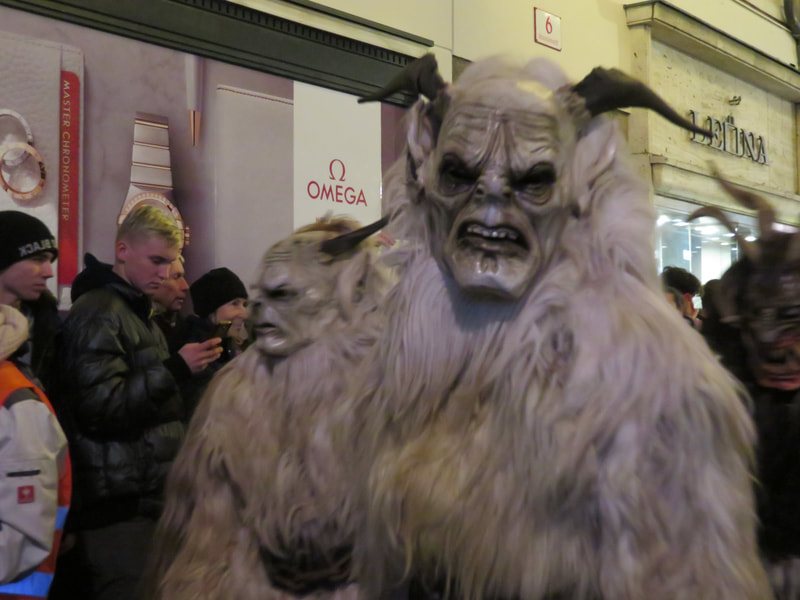
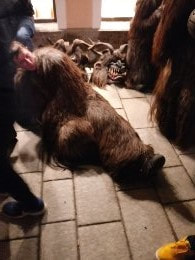

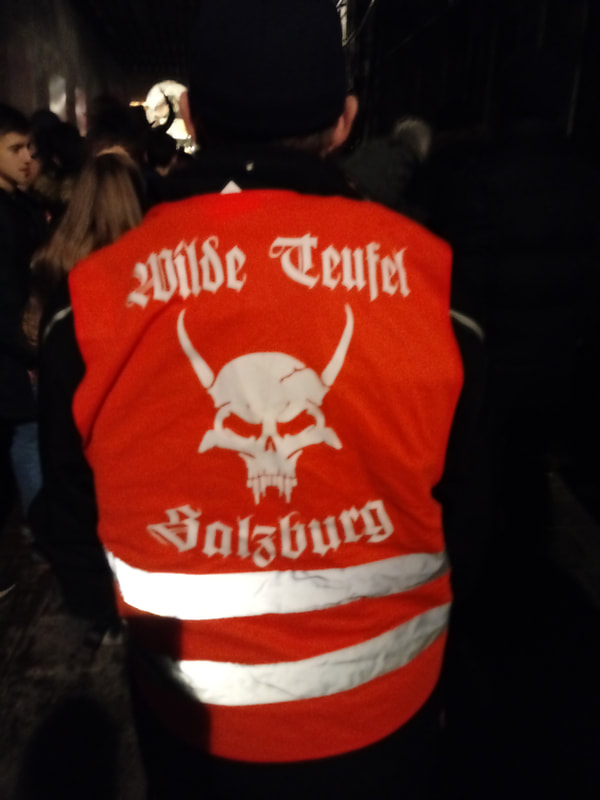

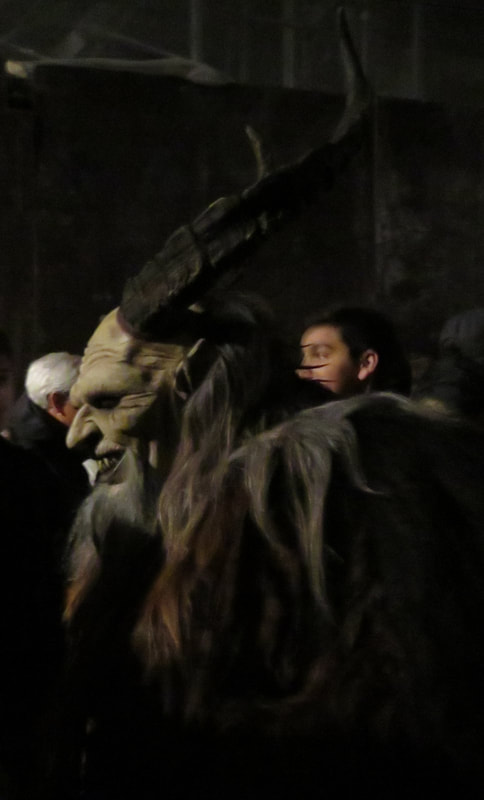
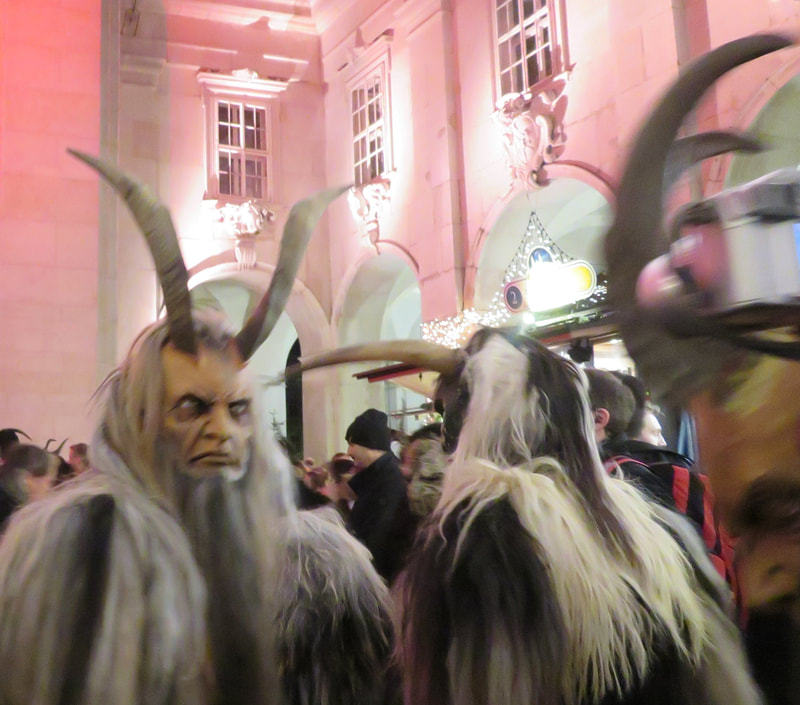
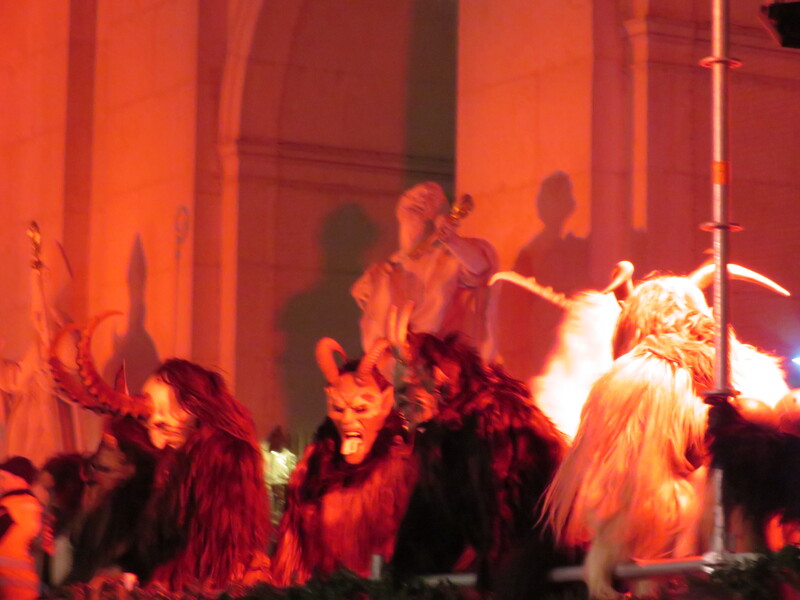
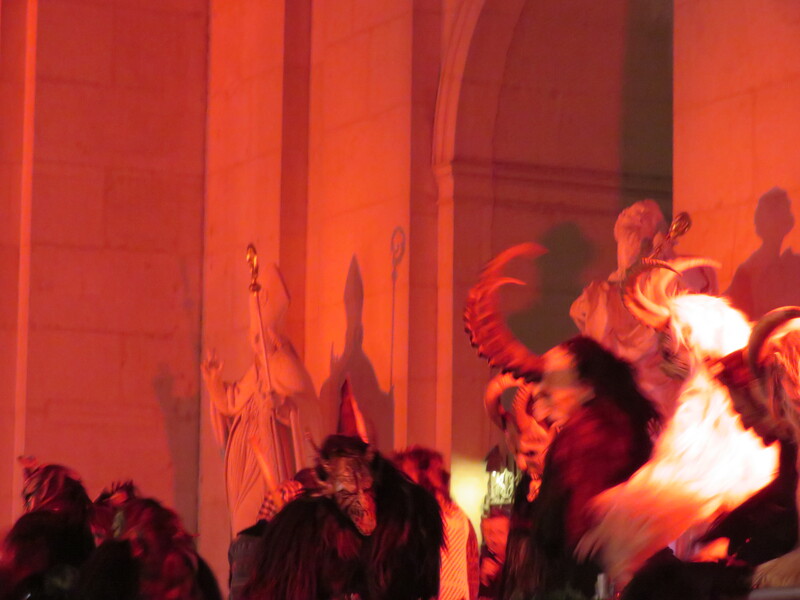
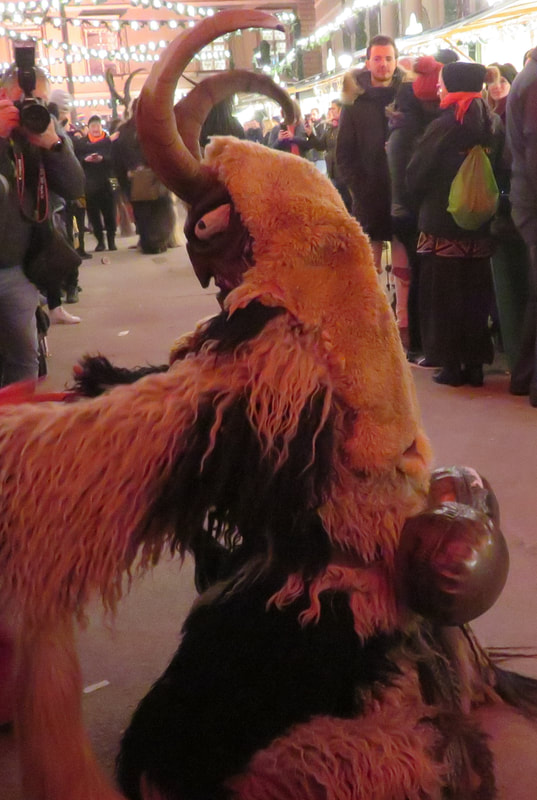
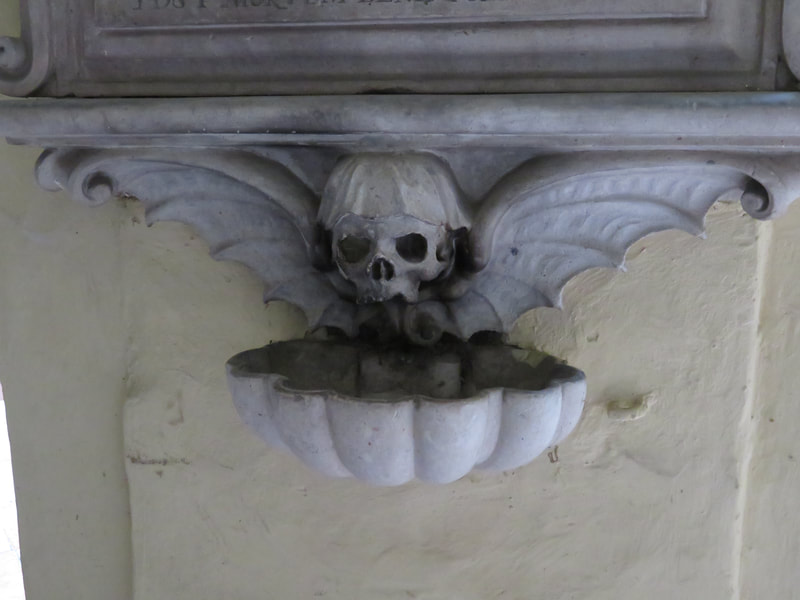
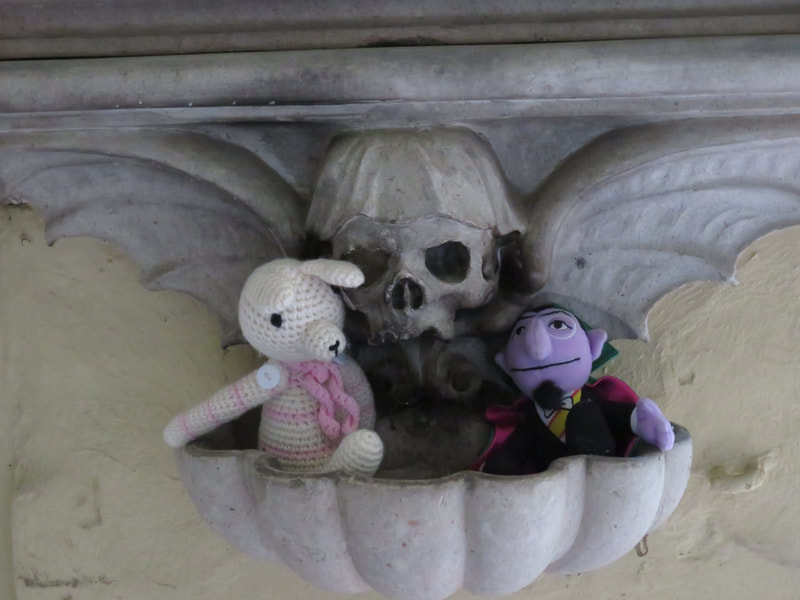
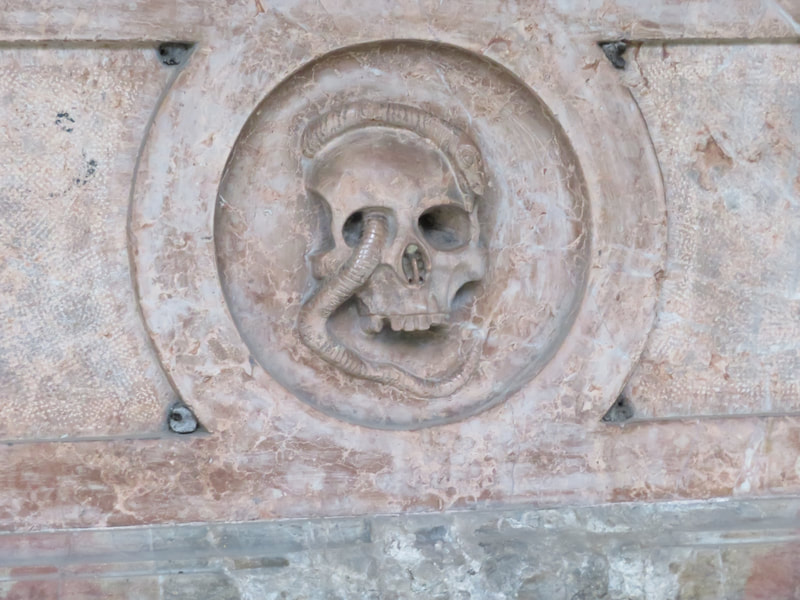
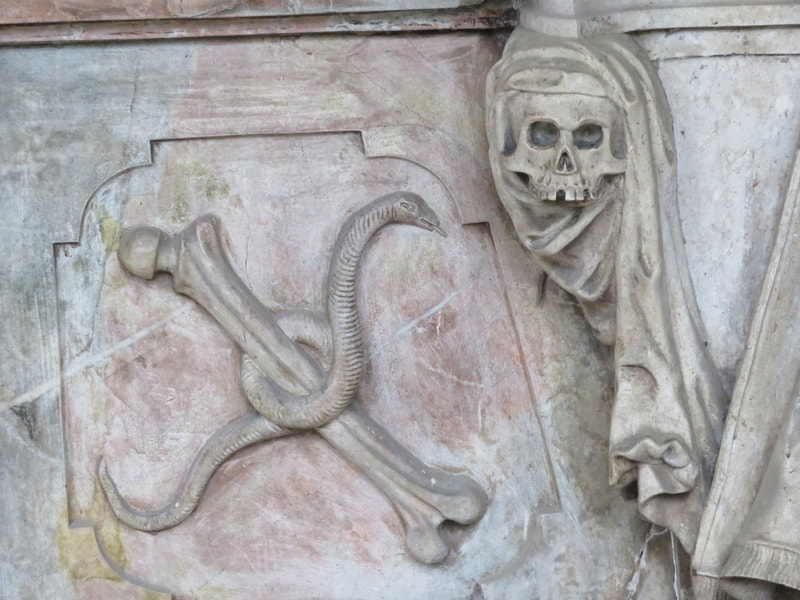
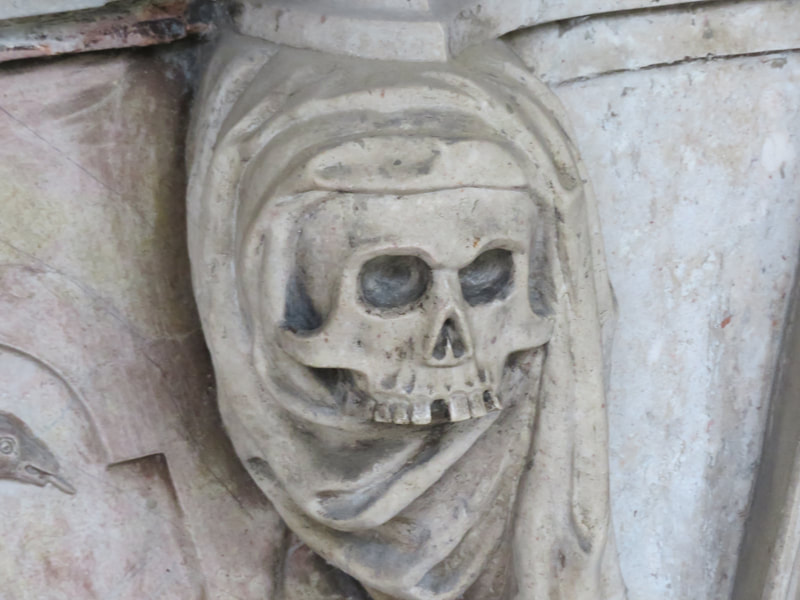
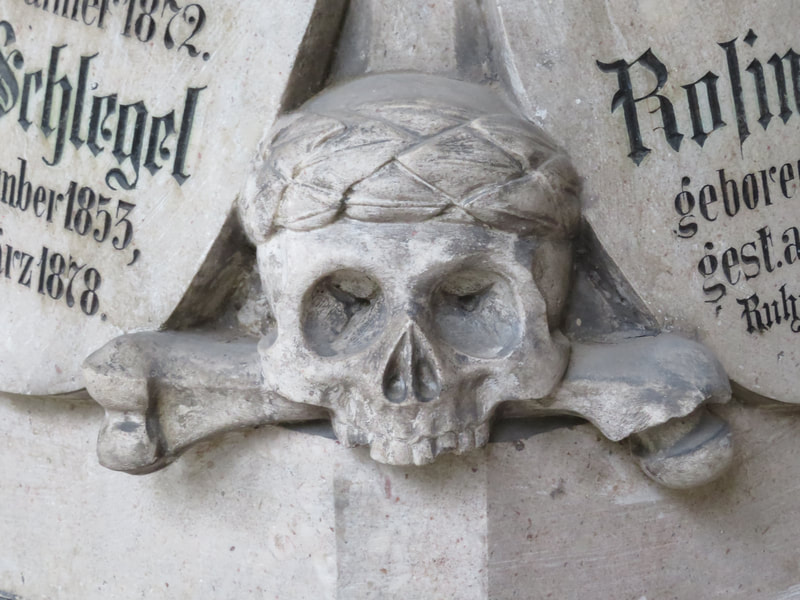
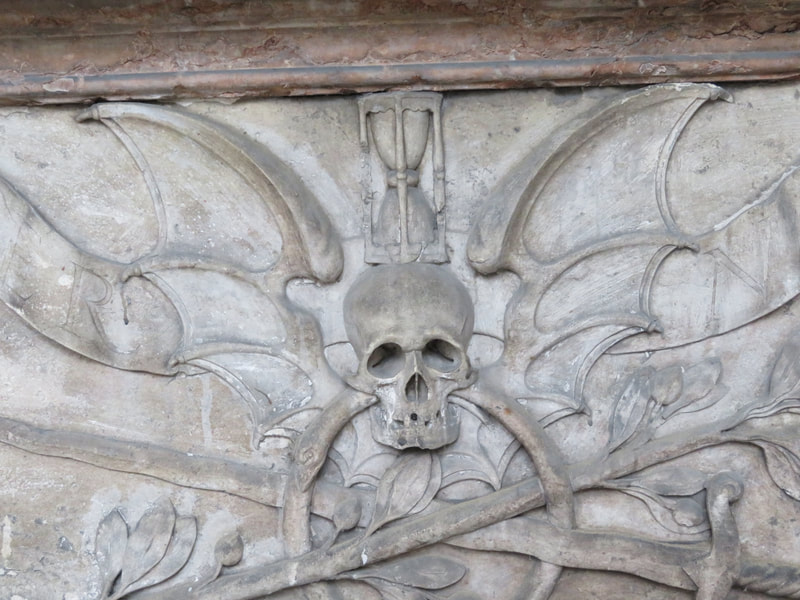
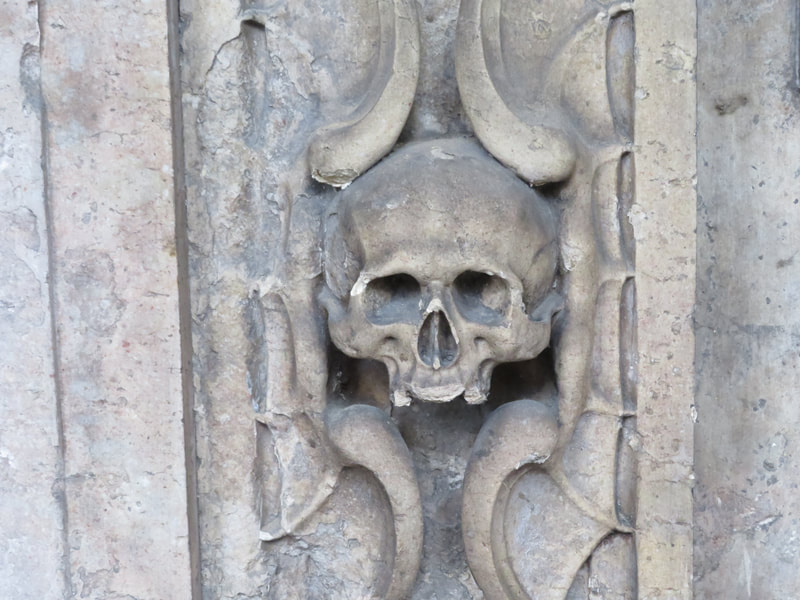
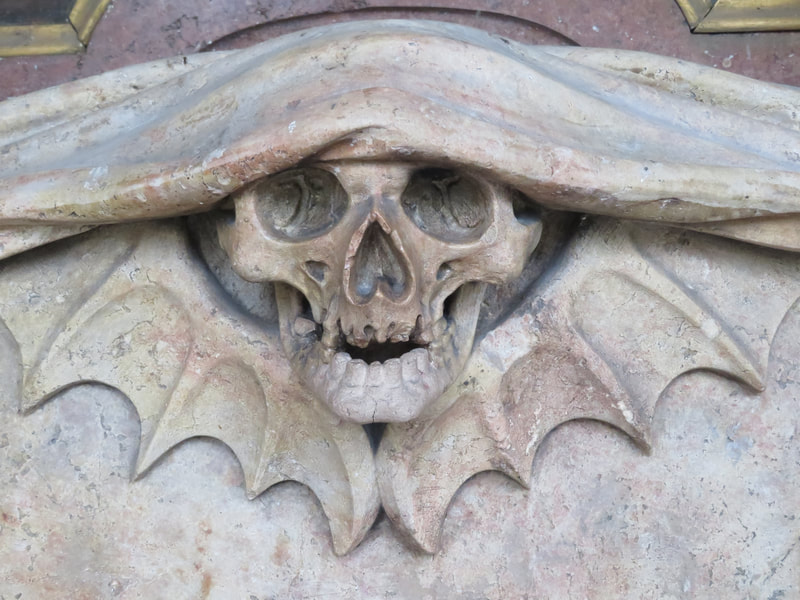
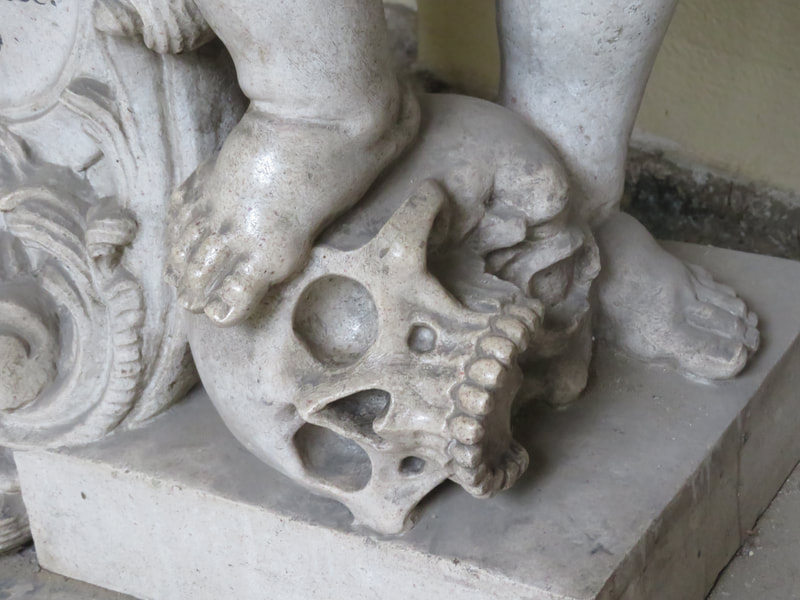
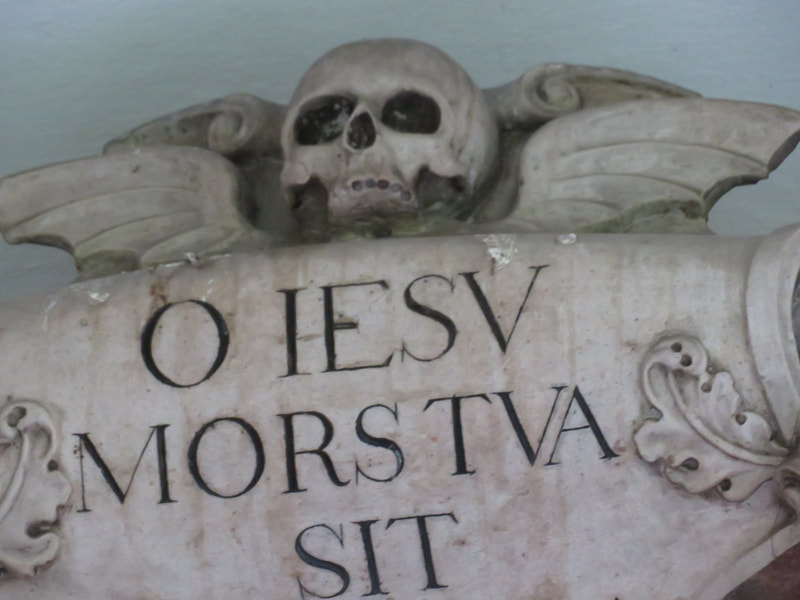
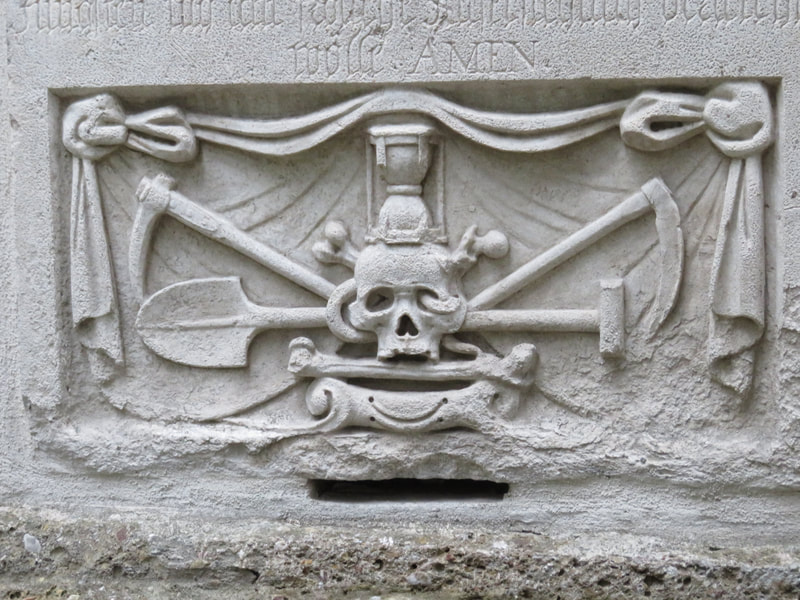











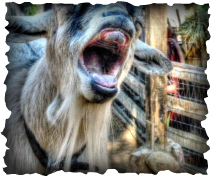

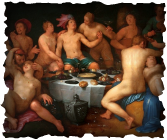
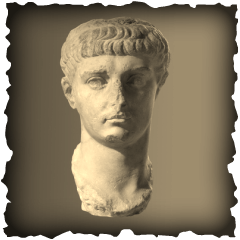
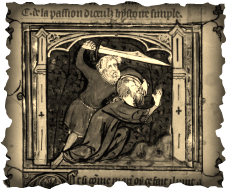
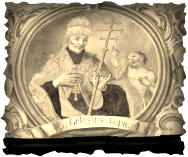

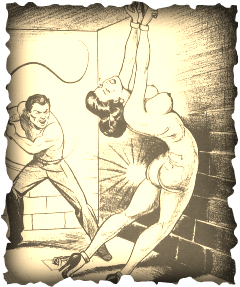
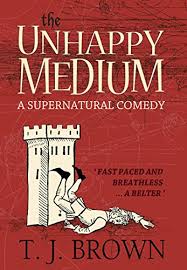
 RSS Feed
RSS Feed